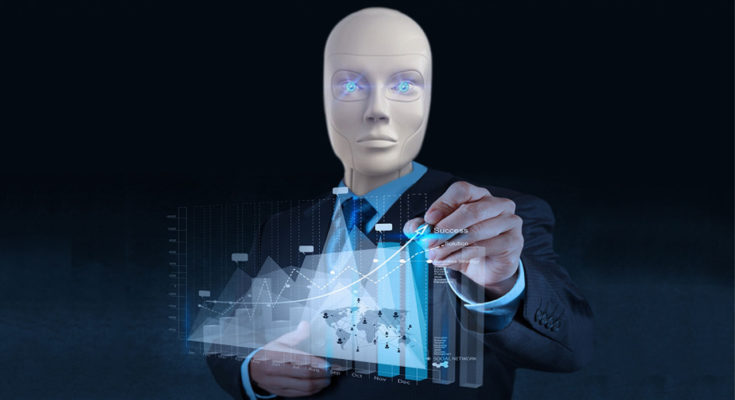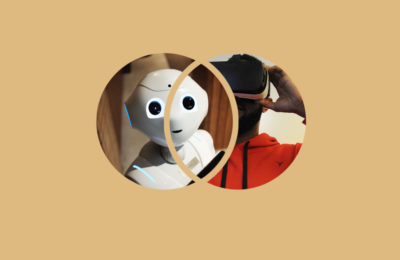I was talking to a business leader once. I asked him, “What’s the biggest challenge with the young professionals in AI?” The answer was, “Keywords!”
This is a world of keywords and AI is the most (mis)used. Everyone wants to do cool stuff and be called a Data Scientist. But then, taking a step back, what’s AI? Even a simple if-else system is AI. Traditional Machine Learning techniques are also AI. Of course, state-of-the-art Deep Learning techniques like GPT-3 are AI as well.
We have often classified AI by stages of evolution, as mentioned in this article. We have classified AI by techniques as mentioned in the previous paragraph. However, in this piece, we will look at AI from an application standpoint, i.e. AI in Analytics vs AI in Automation.
AI in Analytics
Analytics is uncovering insights through data. There multiple forms of Analytics viz. Descriptive, Diagnostic, Discovery, Predictive and Prescriptive.
But, Analytics is all about answers to certain questions. If that question is, what happened? The answer is provided by descriptive analytics. If the question is why something happened? the answer is provided by diagnostic analytics. The first two questions, i.e. what and why are primarily focused on the past. However, if the question is what might happen? the answer comes into the purview of Predictive Analytics. Lastly, the question of what should we do? comes in the purview of Prescriptive Analytics. Now, how does AI fit into the space of analytics? Why do we need AI/ML/DL for analytics? Let’s have a look:
Descriptive Analytics
Humans have a limited capacity to process and visualize in high dimensions. What if we want to visualize data with hundreds of dimensions on a two-dimensional plane? Here, unsupervised ML techniques like PCA or t-SNE come to our rescue.
Discovery & Diagnostic Analytics
What if you want to find outliers in your dataset on similar high-dimensional data? Again, unsupervised anomaly detection techniques become our saviours.
Furthermore, imagine that you need to group your customers based on various criteria. Manually, it would take aeons to do so. But, with Unsupervised Machine Learning techniques like Clustering, you can do so with a few lines of code. In summary, AI/ML techniques help us discover patterns in data for further analysis and diagnosis.
Predictive Analytics
This is where AI/ML is most widely used in analytics. Questions like will a person default? is this fraudulent? can we forecast the demand? etc. keep emerging in business analytics. To answer them, one can use a host of ML/DL techniques like SVM, Logistic Regression, MLP, RNN/LSTM etc to solve various use cases like churn prevention, demand forecasting, fraud detection, etc.
Prescriptive Analytics
The entire exercise of analytics is performed for optimization. Insights derived out of all the above forms of analytics converge into prescriptions, leading to optimization. Hence, AI holds a great place in Prescriptive Analytics. When an ML model predicts a certain outcome, we can use ML interpretability to diagnose that outcome. Along with that, using descriptive/discover/diagnostic analytics, one can prescribe the next best course of action to get the desired result.
AI in Automation
Everyone has heard of the hype that AI will someday replace humans. Well, there is an element of reality to it.
Check out our related article on this: Is Artificial Intelligence a threat to Software Engineers?
Traditionally, machines were not good at tasks at basic human tasks like vision or natural language. However, with advances in deep learning, reinforcement learning and robotics, machines are now nearly as good. In fact, in certain tasks like gaming, they outperform humans.
Computer Vision
There was a time when it was believed that no machine can even come close to humans in visual tasks. However, those days are gone by. DL algorithms power state-of-the-art object detection, face recognition, Image Analysis and recognition systems. Algorithms are now replacing humans in tasks like driving and flaw detection, which needed human visual expertise. Furthermore, state-of-the-art GANs can even generate images based on written text.
Natural Language Processing and Conversational AI
We have interacted with chatbots. This is Conversational AI, a classic example of AI for automation. Other use cases include speech recognition, text to speech, text-to-speech, etc. Moreover, state-of-the-art GPT-3 can generate text articles.
Conclusion
Finally, to be clear, these are neither exhaustive nor exclusive applications of AI. There is automation in analytics and vice versa. This article aims for a broad overview to beginners. Nonetheless, we do not claim any guarantees regarding the accuracy or completeness of this article.




